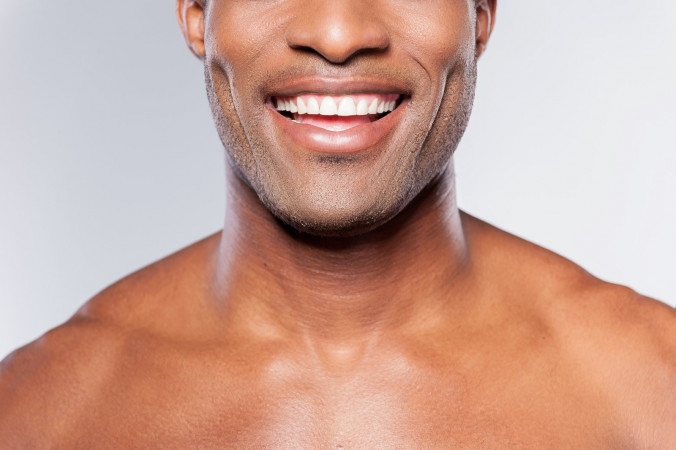Proper aftershave care
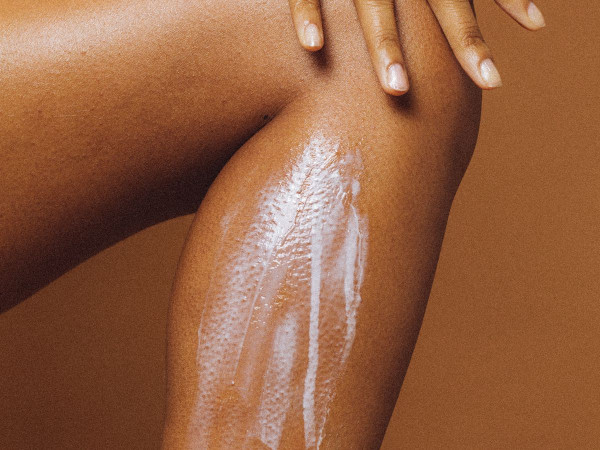
Since learning how to do our own shaving at home at the height of the pandemic with its social distancing measures, many still space out visiting professionals for shaving services.
Professionals use hair removal techniques that reduce chances of complications like razor bumps, such as tweezing and the use of electric razors. However, if you’re doing it at home, proper aftershave care is important to help reduce razor bumps, and for overall healthy skin.
The medical term is pseudofolliculitis barbae, razor bumps are ingrown hairs that form after hair removal, particularly when cut very close to the skin. The tiny hairs grow back in rather than out, and as new skin cells form, Prep the skin well using a natural shaving gel they get trapped and bumps may develop.
This will often be after a few days of hair removal, unlike the case is with razor burn, which is skin irritation that will be visible immediately. There are many aftershave creams available in the market to treat razor bumps, but, you can choose more natural ways to achieve the same results. These are easily available at home and are generally cheaper.
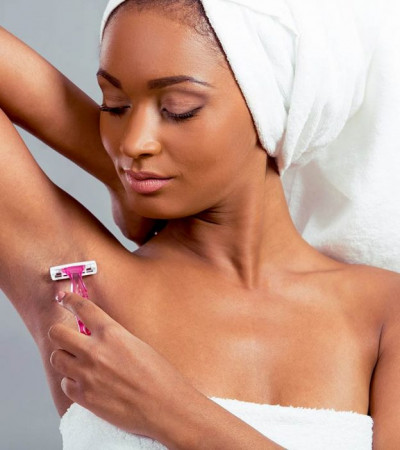
Warm compress
Dip a small bath towel in hot water and press on the shaven areas. Apart from helping in killing germs, the heat opens up the pores, freeing any trapped hairs that cause bumps. You can also try steaming the area in a hot shower.
Lemon juice
The acidity in lemon helps heal razor bumps and prevent infections. Gently apply some lemon juice and wait for some time for it to dry, then wash it off. If you have sensitive skin, dilute the lemon juice before applying.
Honey
Honey is a known cure for many conditions. It helps reduce inflammation that is associated with aftershave bumps. Honey also contains antibacterial and antiseptic properties that are important in aftershave care. Apply raw honey on the affected area and let it stay on for 10 minutes before washing it off.
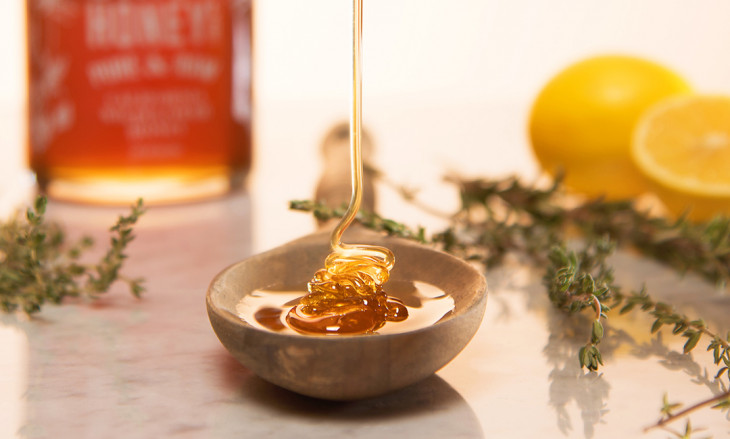
Aloe vera
This also helps in reducing pain and inflammation and discourages razor bumps. Aloe vera also contains antibacterial properties that aid in healing as well as reducing redness and irritation. Apply aloe vera juice using clean fingertips and wait for it to dry, then wash it off.
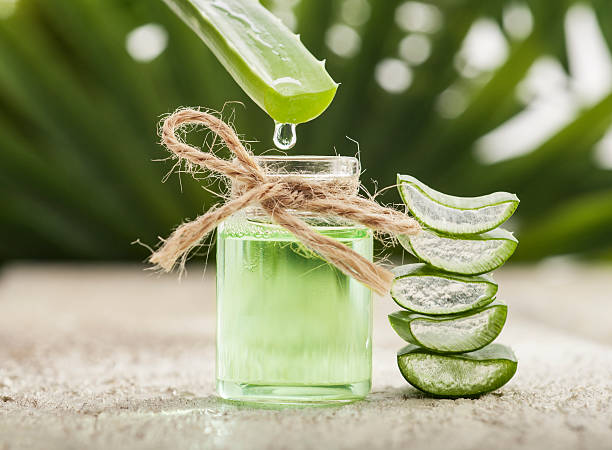
Brushing
This can help remove dead skin cells blocking the pores. Using a soft old toothbrush or skincare brush, gently scrub the shaven area to guide the hair out of the clogged pore. Do this daily to avoid any other razor bumps from developing.
Prevention
Above all, prevention is better than cure, so, practise good preparation before embarking on shaving. Use hot water and a face towel for a five-minute warm compress to prepare the skin, and lubricate the area with a natural shaving gel. Ensure the blade is sharp, as the friction caused by blunt ones results in irritation, and shaving in the direction of hair growth. Moisturise the area afterwards to hydrate and soothe the skin.
